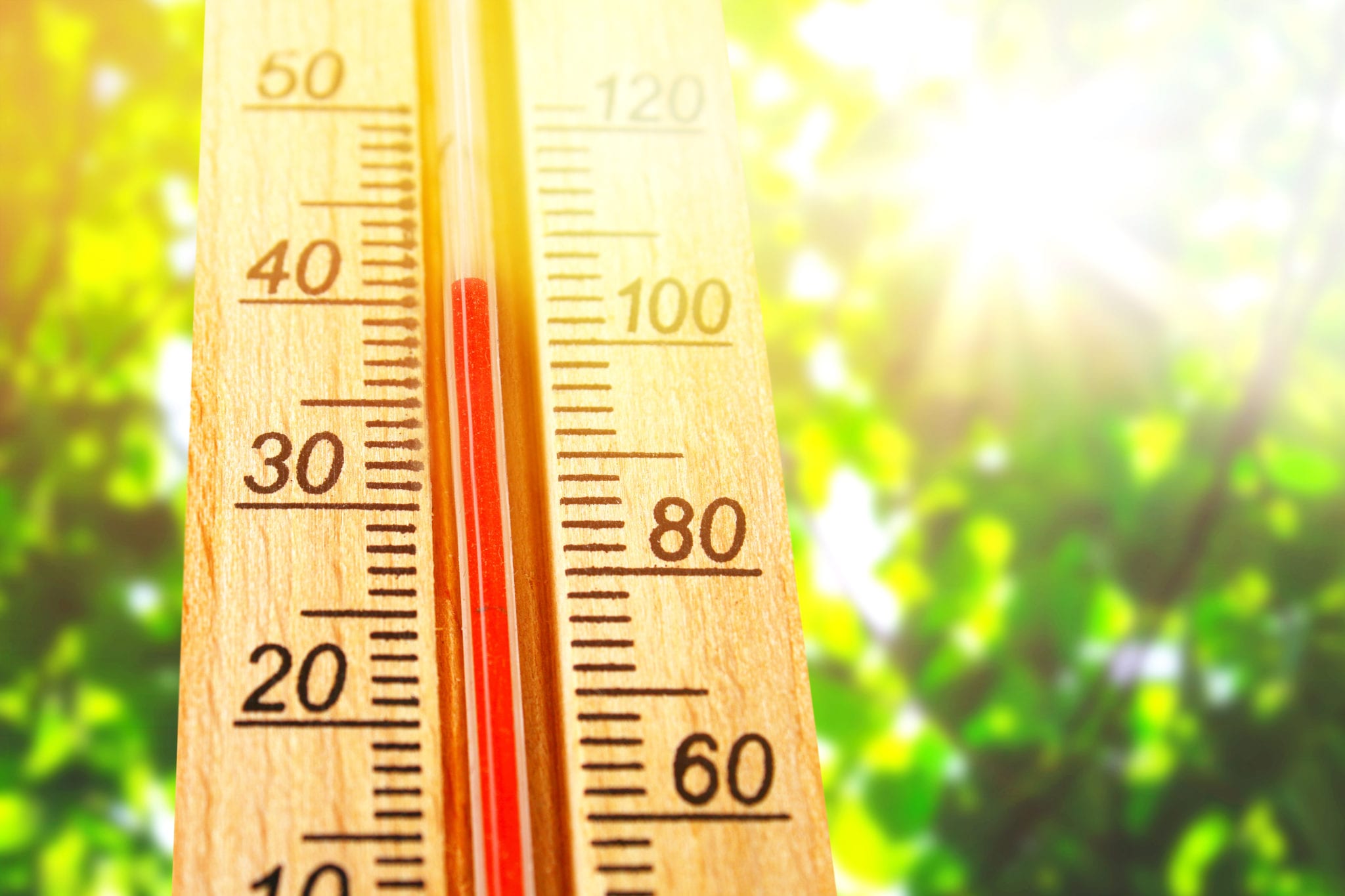With temperatures soaring to triple digits for weeks at a time this Summer, and school back in session, the risk of heat stroke is on the rise. So what’s the big deal? Heat Stroke is one of the leading causes of deaths due to weather and claims hundreds of lives every year and affects all populations from young to old, even the fittest athletes!
What is Heat Stroke? Like the thermostat in our homes, our bodies are in a constant state of heat exchange to maintain our core temperature. Heat Stroke occurs when a person’s body temperature rises above 104 degrees F as a result of gaining heat faster than it is able to lose it through normal mechanisms, such as sweating. There are two types of Heat Stroke: Exertional Heat Stroke, which occurs due to prolonged physical exercise in hot temperatures, seen especially in athletes playing outside sports in extended heat conditions; and Passive Heat Stroke which occurs due to dehydration.
What are the signs and symptoms? Early symptoms of Heat Stroke known as Heat Exhaustion include weakness and fatigue. Heat Stroke develops when the patient progresses to symptoms of confusion, disorientation, nausea, vomiting, and can lead to death if not treated.
How can you combat or prevent Heat Stroke? Avoid prolonged strenuous exercise in hot environments especially If you are not acclimatized or use to being outside in these temperatures, are out of shape, or dehydrated at all!! Drink plenty of fluids before your thirsty and include electrolyte drinks to replace electrolytes and sodium. Make sure to wear loose fitting, quick dry clothing that allows for quick evaporation of sweat as well.
How do you treat someone you suspect of having Heat Stroke? Because this condition is under recognized, it is important to act if you have any suspicion. The person should be immediately removed from the hot environment. Attempt to rapidly reduce body temperature by applying ice packs placed in the axilla (armpit) and groin and/or towels soaked in ice water placed on the skin. Emergency Medical Services should be called after applying cooling measures as the person will need additional care.




